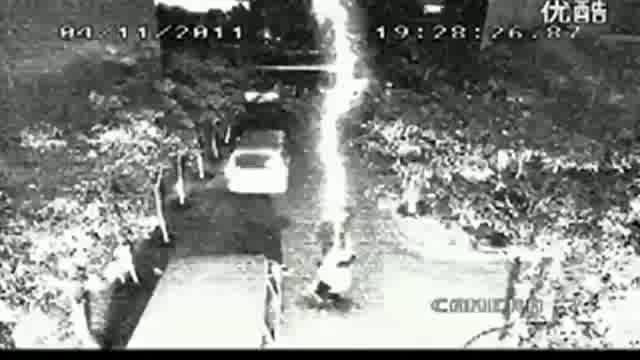[youtube=http://www.youtube.com/watch?feature=player_embedded&v=53uSiTbVDVc]
Disrupting the Borg is expensive and time consuming!
Google Search
-
Recent Posts
- Fact Checking The New York Times
- New Visitech Features
- Ice-Free Arctic By 2014
- Debt-Free US Treasury Forecast
- Analyzing Big City Crime (Part 2)
- Analyzing Big City Crime
- UK Migration Caused By Global Warming
- Climate Attribution In Greece
- “Brown: ’50 days to save world'”
- The Catastrophic Influence of Bovine Methane Emissions on Extraterrestrial Climate Patterns
- Posting On X
- Seventeen Years Of Fun
- The Importance Of Good Tools
- Temperature Shifts At Blue Hill, MA
- CO2²
- Time Of Observation Bias
- Climate Scamming For Profit
- Climate Scamming For Profit
- Back To The Future
- “records going back to 1961”
- Analyzing Rainfall At Asheville
- Historical Weather Analysis With Visitech
- “American Summers Are Starting to Feel Like Winter”
- Joker And Midnight Toker
- Cheering Crowds
Recent Comments
- Bob G on Fact Checking The New York Times
- conrad ziefle on Fact Checking The New York Times
- Bob G on Fact Checking The New York Times
- czechlist on Fact Checking The New York Times
- conrad ziefle on Fact Checking The New York Times
- Bob G on Fact Checking The New York Times
- conrad ziefle on Fact Checking The New York Times
- Jack the Insider on Fact Checking The New York Times
- Bob G on Fact Checking The New York Times
- Bob G on Fact Checking The New York Times



I think being “struck” twice was overkill..
Not to mention that a bolt of lightning would have caused the whole picture to become white, since it’s a night-sensitive camera.
I think you’re correct.
If you click the YouTube button and watch it til the end at the YouTube website, a selection of other videos gets shown upon completion.
So far every one I watched shows incredible washing out immediately after the strikes, even on the films that are in visible light without IR enhancement. No doubt this is from the superheated air/plasma, and this would show up even more dramatically on IR enhanced night vision cameras.
Total Fake.
I posted the lightning frame below the video. It looks realistic to me.
Look at the shadow of the car on the left, cast by the house lights. If that were real lightning, that shadow would wash out completely – instead it barely changes in intensity. It’s a fake, and not even a good one.
Here’s another fake, probably made by the 10:10 ‘No Pressure’ slimeballs …
http://www.youtube.com/watch?v=uSINEylpkpo
Correct me if I’m wrong, but doesn’t lightning normally strike the tallest object in the area? It seems highly suspect that it would ignore the buildings or even the trees.
Not necessarily.
Usually the path of least resistance, for example a metal lightning rod, will not be taller than high trees. And sometimes lightning strikes near the middle of a tree and sometimes very close to the ground.
It is all a matter of a particular point in time what path is favorable to discharge and if you see the high speed video that shows the feelers, tiny microbolts that appear to be exploring all the possible pathways you will understand how dynamic and unpredictable they are.
Someday, in some future century, humans will figure a way to build multi-mile high superconductor rods to guarantee strikes away from the ground, by which time they will have also invented a way to capture and store these giga-joules of energy.
In the meantime we will continue tilting at windmills.
Speaking of windmills…and lightning:
When Lightning Strikes Wind Turbines – NYTimes.com
“With snow, ice and frigid weather, winter creates complications for renewable energy, as I wrote last week. But for Ralph Brokaw, a Wyoming rancher with both cows and wind turbines on his land, the worst hazard is not the ice that his blades can throw off in the winter.
Rather, it is lightning strikes on the towers, which usually occur in summer when there are more storms.
The effect is spectacular — and scary. “It will explode those blades, and they’ll throw chunks of blade several hundred feet,” Mr. Brokaw, a member of his local fire department, told me over the telephone.”
http://green.blogs.nytimes.com/2008/12/29/when-lightening-strikes-wind-turbines/